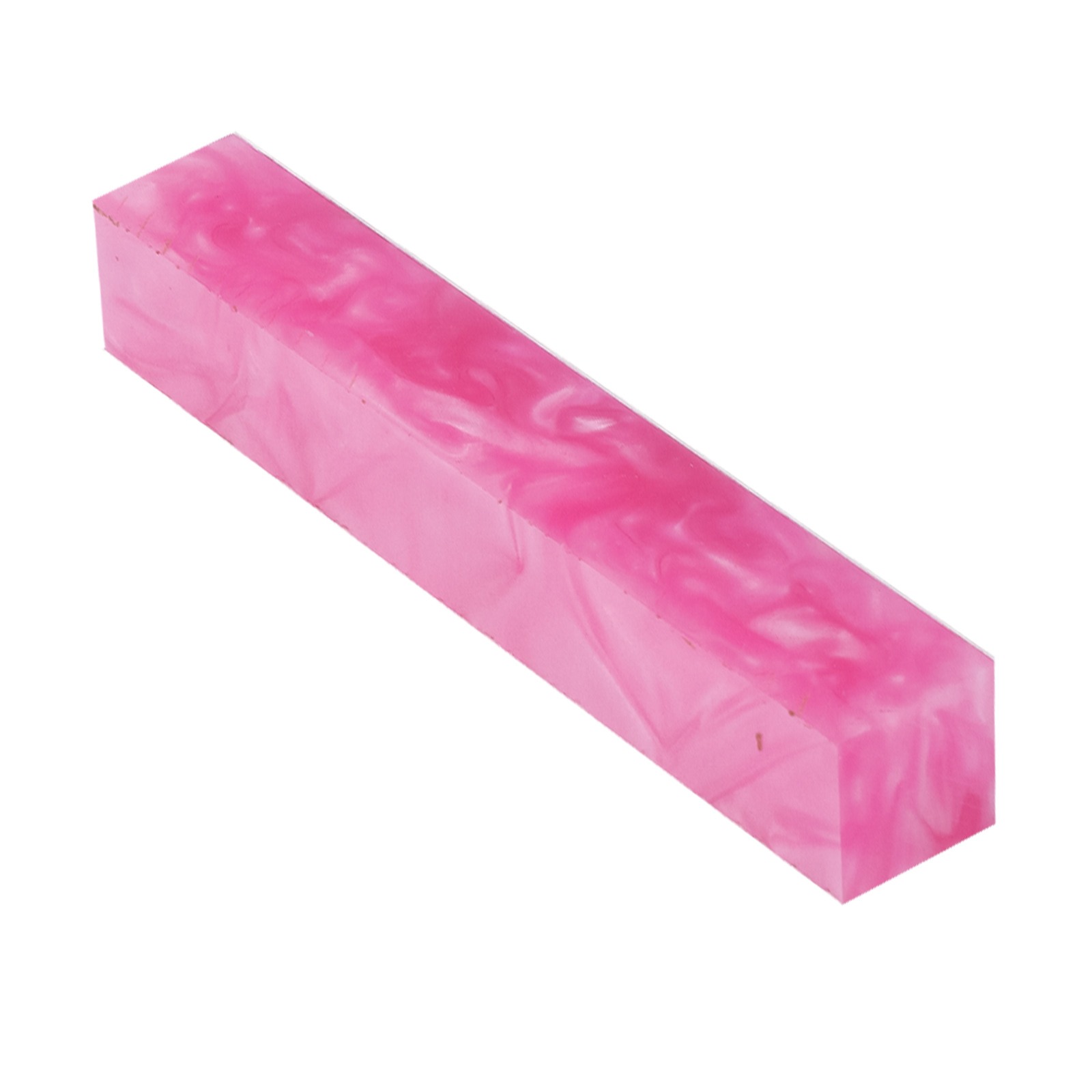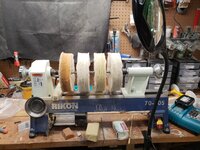Madman1978
Member
First, I will be honest I am so charged up about pen turning! The only thing the slows me down is money. AS well as a lack of knowledge. But, each day I learn a tad more.
Wood vs Aluminite vs Acrylic
I only turned a few pens to date, but, I feel like spreading my wings as it were. I am wondering about the differences between these materials. I have seen a few videos but they never go into any detail about the differences. I hope I can learn what I need to get into the habit of and what I need to stay away from. Thank you for all replies in advance.
Wood vs Aluminite vs Acrylic
I only turned a few pens to date, but, I feel like spreading my wings as it were. I am wondering about the differences between these materials. I have seen a few videos but they never go into any detail about the differences. I hope I can learn what I need to get into the habit of and what I need to stay away from. Thank you for all replies in advance.


